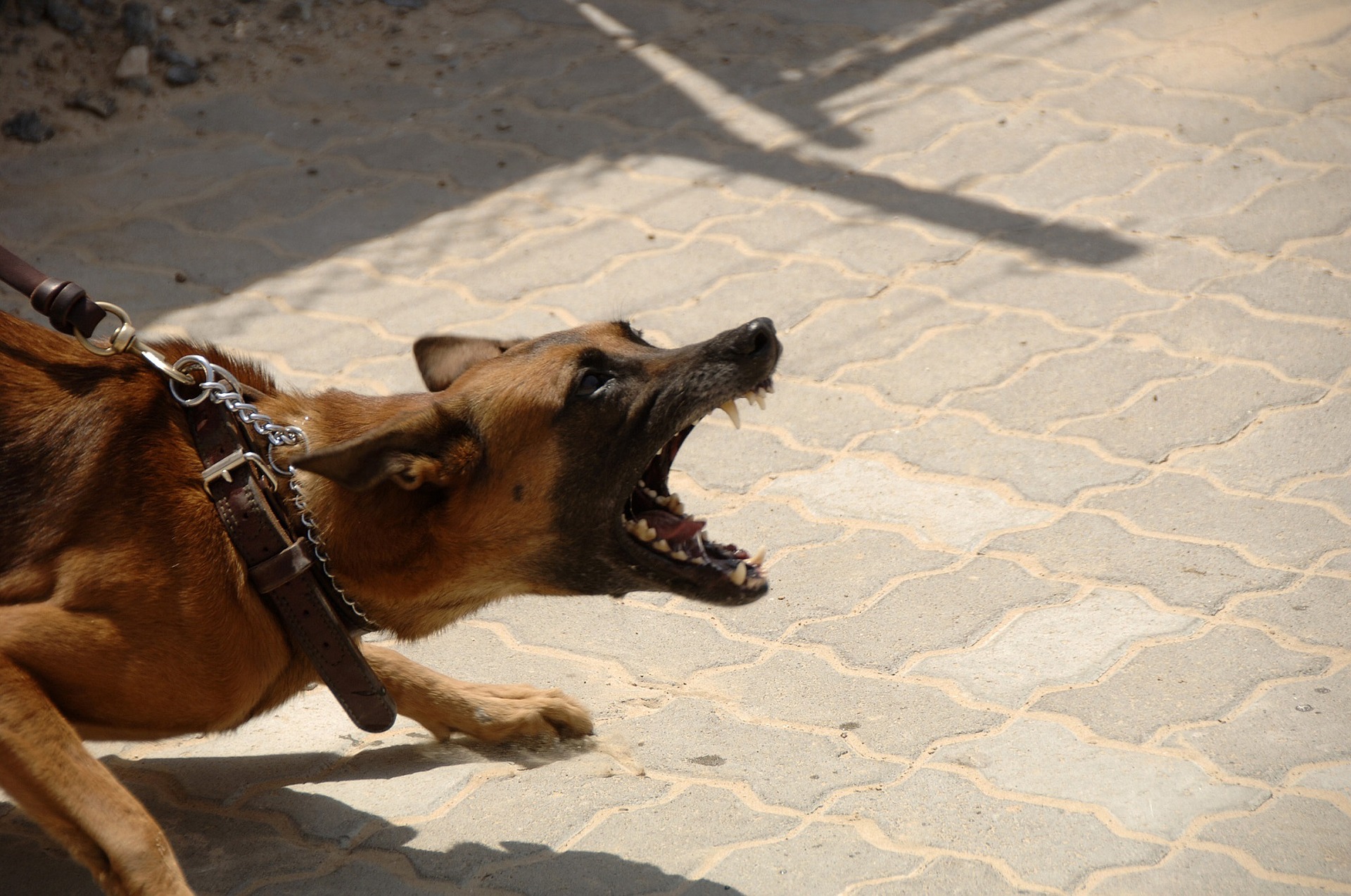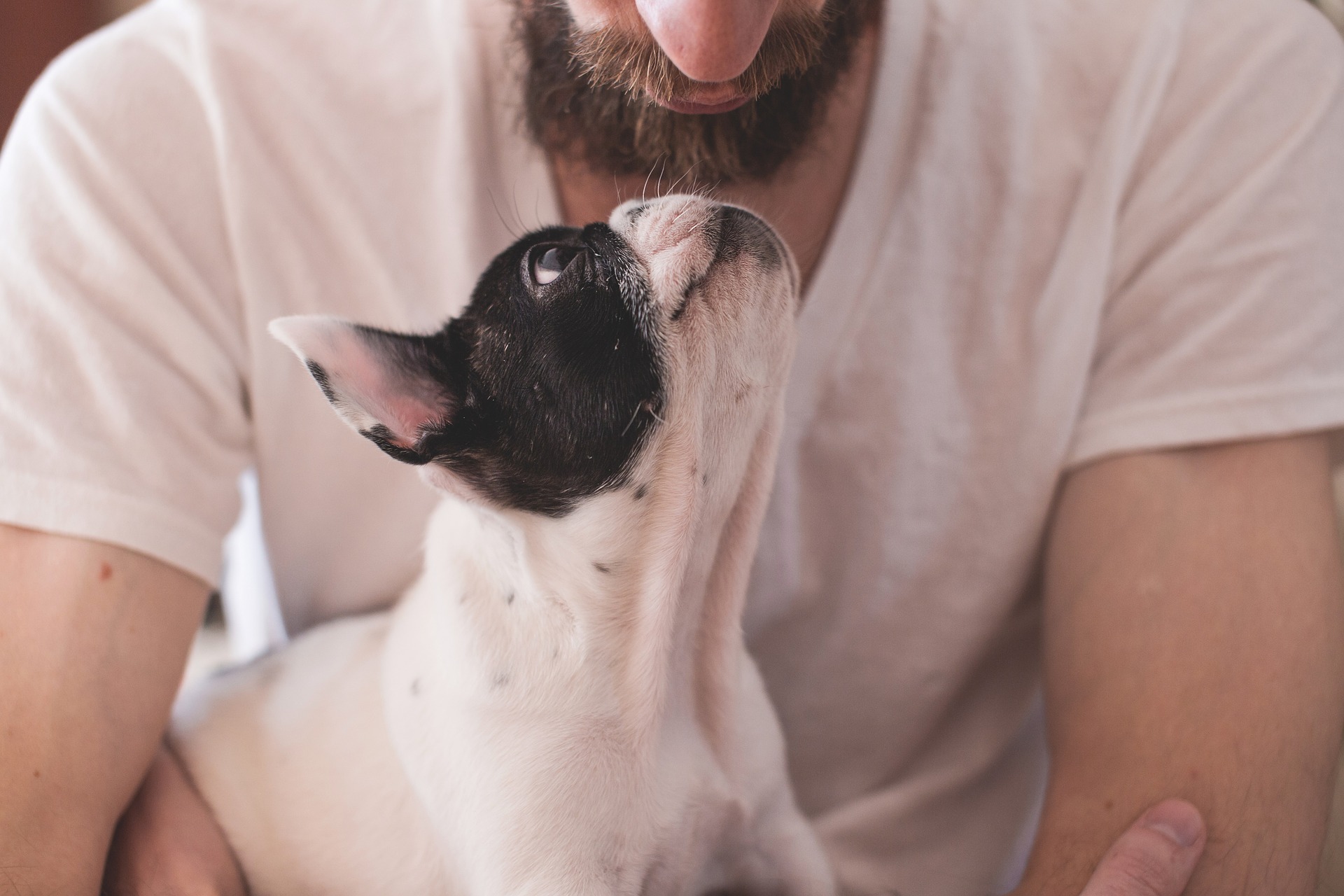Who can resist a cuddly puppy or a cute kitten? They have so much innocence that we tend to think of them as 100 percent safe and harmless. But remember, these pets are capable of spreading rabies.
According to the International Center for Veterinary Services (ICVS), rabies is endemic in China. Data from the WHO and the Chinese Ministry of Health shows that about 2,000 to 3,000 people in China die from rabies infections every year, and 95 percent of the infections is caused by exposure to dogs (including dog bites).
This coming Thursday (Sep 28) is World Rabies Day, an international campaign that aims to spread awareness about rabies prevention. But awareness doesn’t necessarily mean action or prevention. Mary Peng, executive director at ICVS, says pet owners play a big role in preventing the spread of this disease. She joins us now and tells us more about rabies in China.

What is rabies and what kind of animals are usually infected?
Rabies is a viral disease that is transmitted through the saliva or nervous system tissues of an infected mammal to another mammal. The rabies virus infects the central nervous system and causes severely distressing neurological symptoms, disease in the brain, and, ultimately, death.
Rabies is a zoonotic disease, which means that it can pass from other animals to humans. Rabies is the deadliest disease on earth with a 99.9 percent fatality rate, killing more than 60,000 people every year with the majority of deaths in Asia and Africa. More than half of rabies deaths happen in children under 15 years of age. Once the outward signs of rabies appear, the disease is nearly always fatal.
How does rabies spread? Can a scratch from a pet’s nail cause rabies?
Rabies is usually spread by bites from an infected animal but can also be transmitted when saliva from an infected animal comes in contact with open cuts, wounds or mucous membranes (e.g., eyes, nose, mouth). Animals that lick their paws and nails and then scratch a person or other animal can transmit the rabies virus.
How do we know that our pets might be infected with rabies?
Often you cannot tell if a pet is infected with rabies just by looking at or observing the animal. An animal with rabies may stagger or stumble and display unprovoked aggressive behavior or be over-friendly. Animals with advanced rabies may also foam at the mouth. This is because the rabies virus affects the salivary glands causing hyper-salivation. They may also develop hydrophobia (fear of water). Some animals may have neurological twitching or seizures, have a fever and appear lethargic.
None of these symptoms are definitive signs that an animal has rabies, and rabid animals may or may not exhibit these signs. If an animal shows any of these signs, you should contain it to prevent possible exposure either to you, your family, or another animal, and contact your veterinarian, the Animal Husbandry Bureau or the Public Security Bureau.
To confirm an infection, the animal must be euthanized and a brain tissue sample must be tested for the presence of rabies at a government-designated laboratory.

What is the role of the pet owners in preventing rabies?
Pet owners play a critical role in preventing rabies. Vaccinate all pets (e.g., dogs, cats, ferrets) according to your veterinarian’s recommended schedule, and ensure your pets receive an annual rabies vaccination booster in line with local regulations. Neutering pets can reduce the number of potential strays that are not vaccinated against rabies. Always keep your pet on a leash when outdoors to prevent inadvertent exposure to other dogs and cats which may not be rabies-vaccinated and to potentially rabid wildlife animals.
Who is at most risk of getting contracting rabies?
As the rabies reservoir is in the canine population in China, dogs and cats that are not rabies-vaccinated are most at risk of contracting this fatal disease. People who have not been pre-exposure vaccinated and who come into contact with wild and stray dogs or wildlife have a higher risk of being exposed to potentially rabid animals and of contracting rabies. Children who are not pre-exposure rabies-vaccinated are at especially high risk. Children may engage in provocative behaviors with animals and not inform parents or adults if they were nipped or scratched by dogs, cats or other mammals.
Is rabies treatable?
There is no effective treatment once clinical symptoms appear. Rabies has the highest case-fatality rate of any infectious disease known to man because there is no proven cure or treatment available once there are signs of an infection. However, if proper medical treatment (post-exposure prophylaxis, PEP) is received immediately after exposure to the bite or scratch of a rabid animal, rabies infection can be halted before symptoms of the disease are present, and the disease can be prevented.
What should we do if a family member is bitten by an animal potentially infected with rabies?
The Global Alliance for Rabies Control advises applying first aid:
– Wash the wound thoroughly with soap and water for at least 15 minutes.
– Apply ethanol or a similar antiseptic to prevent secondary infection.
– Seek urgent medical attention. You need to start post-exposure prophylaxis (PrEP) as soon as possible.
What can be done to reduce the risk of rabies exposure?
Travelers and residents of areas of high rabies incidence can be vaccinated against rabies prior to exposure.
In areas where rabies is known to occur, people are advised to reduce their exposure to wild animals and dogs. To prevent potential transmission to humans, household pets such as dogs, cats, and ferrets should be vaccinated against rabies and have their vaccinations updated annually. Abnormally-behaving wildlife may be infected with the rabies virus and should be avoided. Efforts should be made to keep bats out of residences and public buildings due to the potential for unseen transmission.
What activities will ICVS hold in observance of World Rabies Day?
ICVS wants to ensure all dogs and cats are rabies-vaccinated to keep our pets, their families and our community safe! ICVS is hosting a rabies vaccination drive on September 28th and 29th and offering 50 percent discounts on all rabies vaccinations and accompanying examinations!
Every pet that receives a rabies vaccination will also receive the official vaccination red book to help pet owners prove legal rabies vaccinations. The vaccination red books are needed to take pets to other cities, to other countries and to renew dog registration licenses.

International Center for Veterinary Services 北京新天地国际动物医院有限公司
No. 13-16 Rong Ke Gan Lan Cheng Shang Jie, Futong Xi Da Jie, Wangjing, Chaoyang 北京市朝阳区望京阜通西大街融科橄榄城商街13-16号 (WeChat ID: ICVSCHINA, 8456 1939, 8456 1940, reception@ICVSASIA.com)
Rabies awareness and prevention information links
– Officially designated animal rabies vaccination hospitals in Beijing
– Rabies awareness and prevention in China
– Post-exposure rabies monitoring protocol for pets bitten/scratched by other animals
– WHO Rabies fact sheet
– Global Alliance for Rabies Control
Photos: wahrnehmer, skeeze, StockSnap via Pixabay; courtesy of ICVS
See more of my stories here.
Email: andypenafuerte@beijing-kids.com
Web: coolkidandy.wordpress.com
Instagram: @coolkidandy
